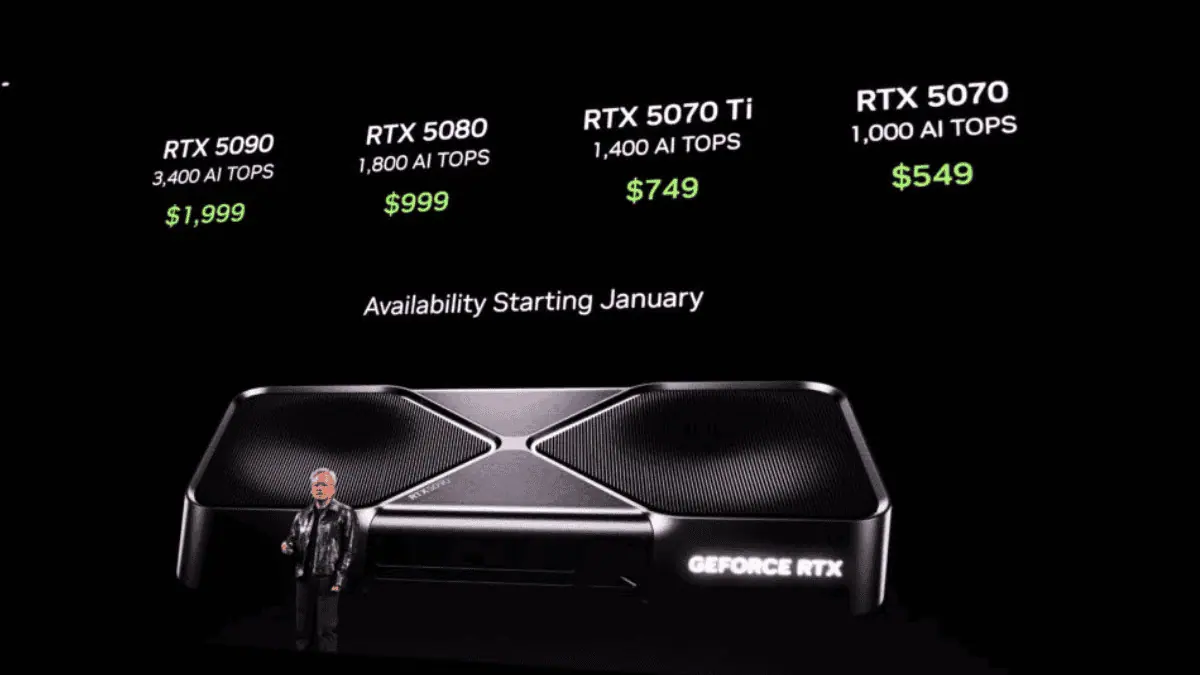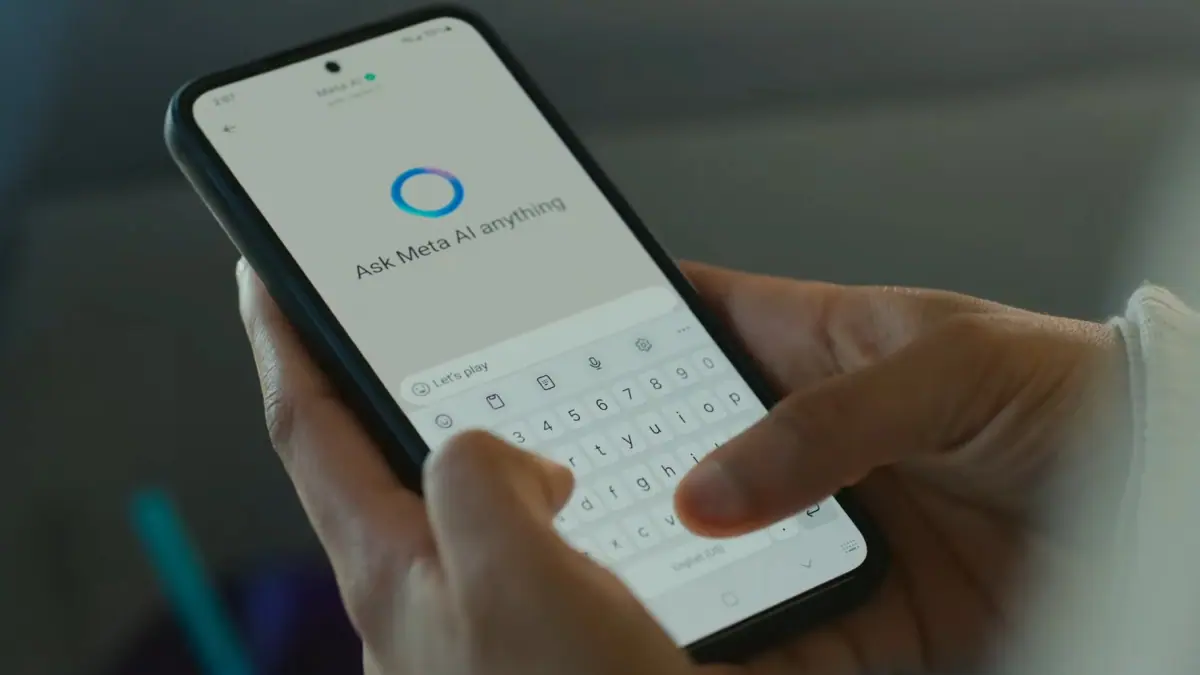Ubi Interactive's Kinect-based System Turns Virtually Any Surface Into A Touchscreen
2 min. read
Published on
Read our disclosure page to find out how can you help MSPoweruser sustain the editorial team Read more

Ubi Interactive’s Kinect-based system turns virtually any surface into a touchscreen. Teachers and students could then page through the content with simple, intuitive touch gestures. Moreover, by using an Ubi Pen, a specialized stylus that runs on the Ubi Annotation Tool software app, students and teachers could mark up materials right on their giant touchscreen and save their annotations to the digital file. Also, the only hardware requirements are PCs running Windows 8.0 or 8.1 and projectors, and Kinect for Windows sensors, which are really affordable. When combined with the cost of the Ubi software licenses, the total system costs—hardware and software—were far lower than the price tag for interactive whiteboard systems.
So last fall, Cervantes bought an Ubi license and set up a pilot in one classroom, testing the interest of students, teachers, and administrators. Teachers found Ubi easy to use, and they liked the fact that Ubi could handle both new and existing teaching materials. Students were intrigued by the technology and excited by the prospect of having a supersized “tablet” in the classroom. They began urging their teachers to use Ubi more often.
Bolstered by the endorsements of both teachers and students, Cervantes received approval for a wider deployment in April 2014. He decided to place Ubi in each of the 231 classrooms and 10 computer labs at 20 of COBAEP’s schools, in time for the beginning of the 2014–2015 school year. Each classroom setup consists of a computer running Windows 8.0, a projector, and a Kinect for Windows sensor, and, of course, the Ubi software and pens. The entire installation process took only a month, and was finished in July 2014.
Read more about it here.









User forum
0 messages